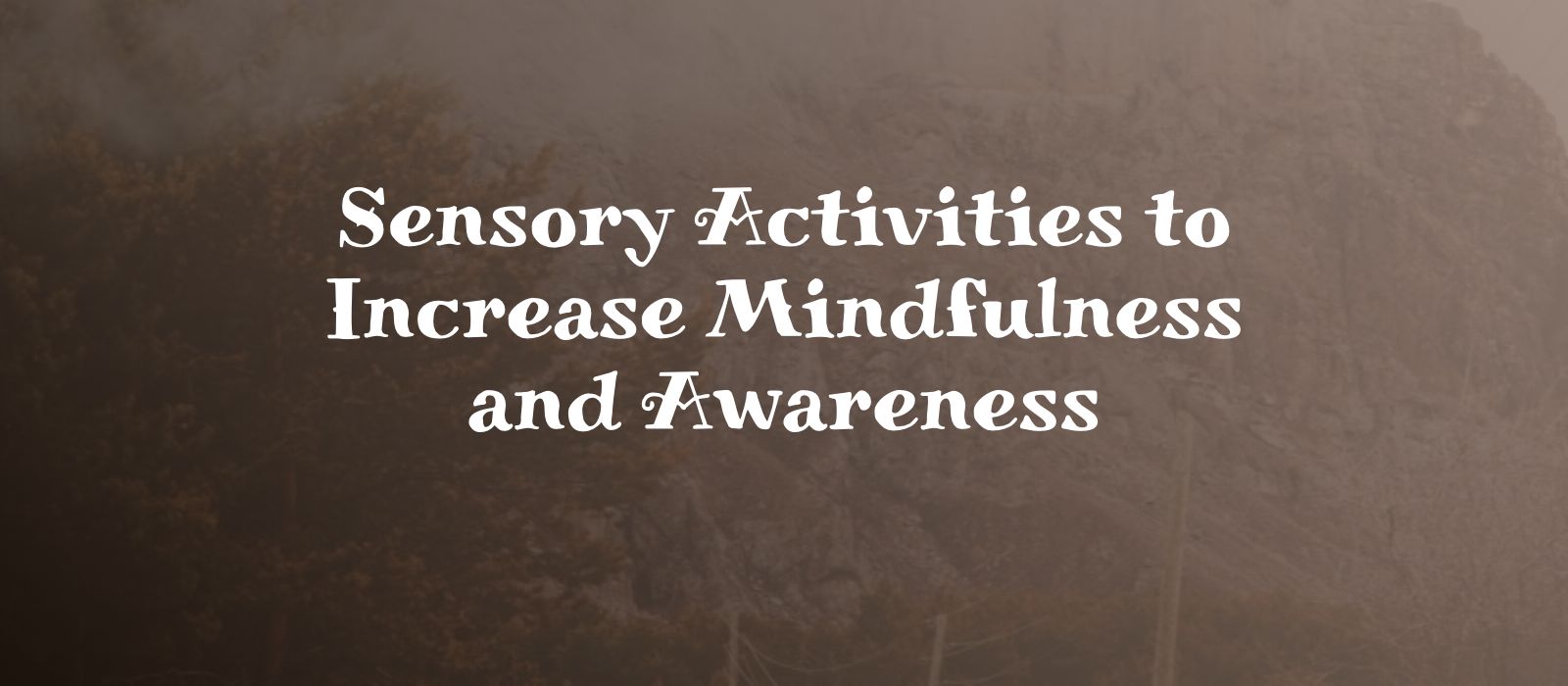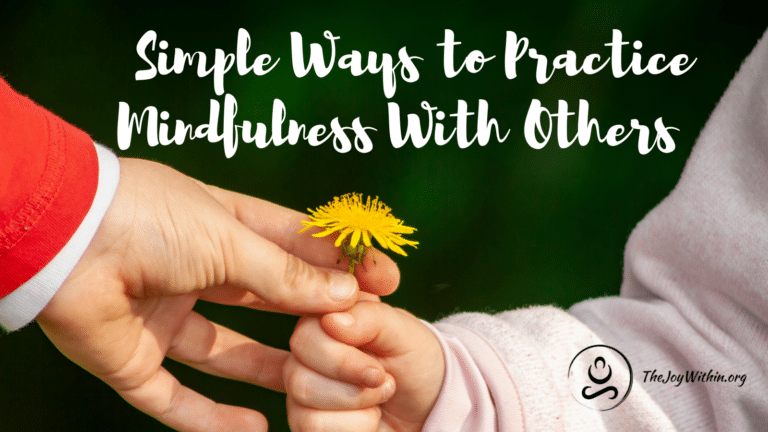This post is Part II of a 3-part series on developing mindfulness for the senses. You can click here to read part I: Mindfulness Exercises for the 5 Senses.
In this post, we’ll continue by looking at a few exercises you can use to develop mindfulness of touch, smell, and taste.
You can also browse our full list of mindfulness exercises, or learn more about practicing mindfulness.
Sense of Touch
In this exercise, we are going to work through a simple technique for becoming more mindful of your sense of touch. To do this, we are going to play with the boundary between touching and not touching.
To begin, take your index finger and rub it across your forearm. Notice how this feels. Pay attention both to how it feels on your forearm, and how it feels on the index finger that is touching it.
Now, press your finger more firmly into your arm, find the first point of pain, and immediately back off. Then, still pressing firmly, move your finger across your forearm once more, as if trying to force your finger across your skin.
Now, begin to move to the opposite extreme. Begin, very slowly, to lift your finger off of your arm. Allow it to brush very softly against your arm, and start to notice the different feelings that arise.
See if you can find the boundary between when your finger is touching your arm, and when it isn’t. Then, play with that boundary. See if you can expand it. How does it feel to lightly touch your arm versus hovering your finger just above it. What about hovering the finger so slightly that you can feel it only on the tips of your arm hair?
Continue to play with this different, observing more fully the sensations of touching and not touching your arm.

Sense of Smell
For this exercise, we are going to explore your sense of smell using the aroma of wine. You could also substitute another aromatic drink or food as well, but be sure to choose something edible with complexity to the aroma, such as coffee.
To begin, pour one ounce of wine into a glass and begin to smell it, without tasting the wine.
Notice how it smells when you first pour it. Touch your nose to the tip of the bottle, and observe the difference between the smell of wine as it is in the bottle compared to when there is a small amount in your glass.
Take several deep inhales, closing your eyes and coming completely into the fullness of the aroma. Try to have the feeling that you are surrounded by the aroma of the wine. You are encapsulated within it.
Then, stick your nose deeply into the glass. Does the smell change as you change the placement of your nose? Gradually move your nose away and back in again in order to notice this difference. How does the smell feel?
Eventually, taste the wine, and then repeat the process. Is the smell different, now that you have tasted the wine? How has it changed?
Drink the remaining bit of wine, and once again repeat the process, this time using the empty glass. The aroma may still be strong, but altered slightly. Notice this difference. What, exactly, do you smell? How alive, how vibrant, can this smell feel?

Sense of Taste
Lastly, we’re going to walk through a mindfulness exercise to focus on your sense of taste.
For this exercise, you will need a small piece of food, such as a grape. Place the grape into your mouth, and – without chewing – observe the sensation.
Often, the sensation of taste is very strongly tied to other sense perceptions. Taste is strongly tied to smell, as well as to the texture and feel of the food we eat.
Can you separate the taste of the unbitten grape from the other sensations of it?
What does the grape taste like, before you eat it?
Then, slowly, bite into the grape. Notice how the juice spills into your mouth, and again become aware that only part of this experience involves the actual taste of the food.
Can you isolate the experience of the taste, apart from the experience of the soft, juicy feeling in your mouth?
How does this taste change across different parts of your palate? Your tongue has different receptors in different locations, and these receptors will taste your food in different ways.
Hold the grape in your mouth for as long as possible, observing and savoring these sensations. Then, swallow, and notice that even after you have swallowed, a taste remains. There is still the remnant of the experience of eating a grape, and this aftertaste can be just as powerful an experience as the initial taste itself.
Complete this entire process without judging any of the sensations you feel. Simply observe. Then, repeat it with different foods.




